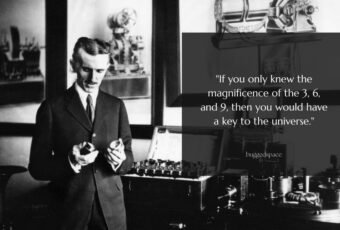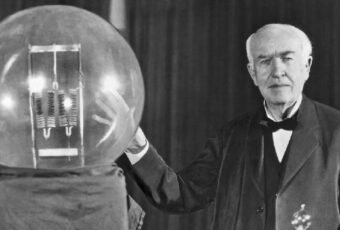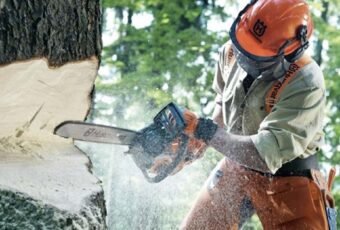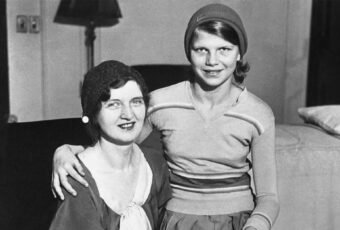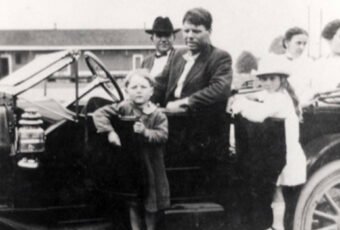What happens after we die? There is no answer to that most believe it is nothingness but one Chinese emperor thought that whatever the afterlife was he better bring an army.

Originally in ancient China 3000 years ago they believed in an afterlife. When an elite died like a king or a noble person, they were buried with their servants — termed as a human sacrifice.
In 1974, farmers while digging a well near their small village stumbled upon one of the most important finds in archaeological history. Vast underground chambers surrounding that emperor’s tomb, and containing more than 8,000 life-size soldiers ready for battle.
Emperor Ying Zheng
The story of the Terracotta Army began with Emperor Ying Zheng, who became Kind of the Qin State at the age of 13 in 246 BCE. With the ambition in his mind, he went on to become Qin Shi Huangdi, the First Emperor of China after uniting its seven warring kingdoms.
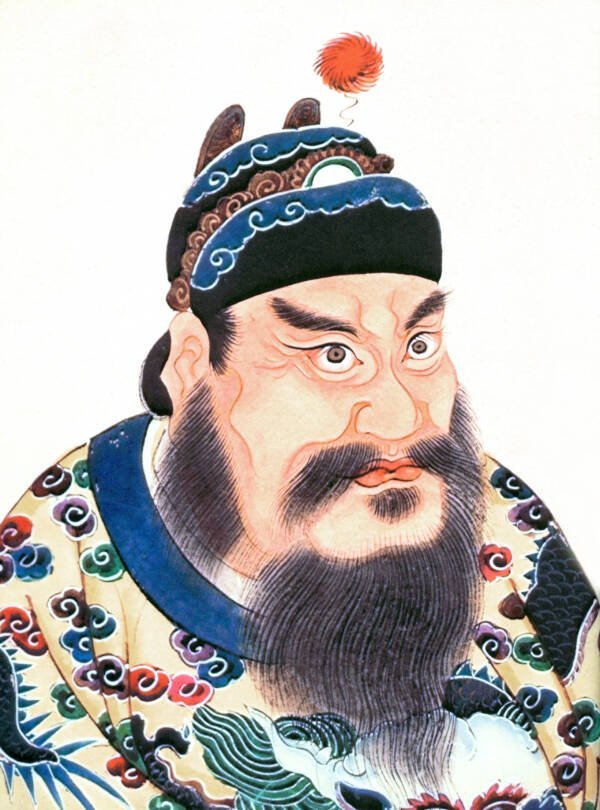
His reign lasted 36 years, but he made many historic accomplishments, introducing a universal system of weights and measures, a single standardized writing script for all of China and a defensive barrier that would later come to be known as the Great Wall of China.
Qin Shi had dedicated so much effort to secure his historical legacy because he was obsessed with his mortality. He spent his last years desperately employing alchemists and deploying expeditions in search of elixirs of life, that would help him achieve immortality.
Qin Shi at the first year of his reign began the construction of a massive underground necropolis filled with monuments, artefacts and an army to accompany him into the next world and continue his rule.
The Terracotta Army and The Mausoleum of the first qin emperor
The Terracotta army was found accidentally as one day a group of farmers dug a well and they found some pieces of pottery. The archaeological team was called to dig up the rest and find out what turned out to be the biggest in history.

The Terracotta Army is a part of a much larger necropolis. Ground-penetrating radar and core sampling measured the area to be approximately 98 square kilometers (38 square miles).
Terracotta warriors are found in such a way that they cover a large area around the tomb mound of the first emperor. The earthen tomb is located at the foot of Mount Li and built in a pyramidal shape.
The warriors stand guard to the east of the tomb, up to 5 meters (16 feet) of reddish, sandy soil had accumulated over the site in tow millennia following its construction, but archaeologists found evidence of earlier disturbances at the site.
Since the digging started over 7,000 human figurines exist. Many have been reassembled from their fragments in the ruined pits their original, imposing formation.
Pits
Fours main pits approximately 7 feet deep have been excavated. there are located approximately 1.5 kilometers east of the burial mound. Soldiers withing were laid out as if to protect from the east where the Qin Emperor’s conquered states lay.
Estimates from 2007 were that the three pits containing the Terracotta Army held more than 8,000 soldiers, 130 chariots with 520 horses, and 150 cavalry horses.
After some time people started to criticize human sacrifice, so they came up with a better solution of using the terracotta figures as a substitute.
Pit 1
Pit 1 is the largest of the four main pits discovered, which is 230 meters long and 62 meters wide.

It has 11 corridors, most of them are 3 meters wide and paved with small bricks with a wooden ceiling supported by large beams and posts.
The wooden ceiling was covered with reed mats and layers of clay for waterproofing and then mounded with more soil raising them about 2 to 3 meters about the surrounding ground level when completed.
Pit 2
Pit 2 is about half the size of Pit 1 and roughly made in a square area. Pit 2 has cavalry and infantry units, as well as war chariots, are thought to represent a military guard.
The main focus of Pit 2, the part which is meant to overwhelm the enemy include about 80 war chariots. Each has two riders and a charioteer and there are also some armoured troops, equipped with melee weapons.
Other Pits.
Pit 3 is the command post, with high-ranking officers and a war chariot. Pit 4 is empty, perhaps left unfinished by its builders, an indication that work on this tomb was ongoing when the emperor died.
Making of Terracotta Army
For many years, archaeologists have pondered the techniques used in making the Terracotta army of thousands in a relatively short period of time.

The warriors are all life-sized like real soldiers, each one having different facial structure, you can tell from their hairstyle, their headgear, their different ranks
The Terracotta army was once brightly painted, though exposure to the air and sunlight caused the paint to flake off almost immediately.
The terracotta army figures were manufactures in workshops by government laborers and local craftsmen. Local abundance of Terracotta and it being durable probably affected the choice of material.
Distinctive Features of Terracotta army
In 2014, a group of researches at the University College London analyzed 30 ears from the warriors to determine how different they were from each other.
It was theorized that if the warriors were supposed to portray real people they should have different ears, and none of them was similar.

Heads, arms, legs, and torsos were created separately and then assembled by luting the pieces together. When the warriors were completed they were placed in the pits in precise military formation according to rank and duty.
Facial Shapes
The figures vary in height according to their roles, with the tallest being the generals. The figures discovered included warriors, chariots and horses.
Analyses show that the facial shapes of the terracotta figures can be roughly classified into eight different types and each symbol resembles a Chinese Character. 目, 国, 用, 甲, 田, 由, 申, and 风. For example, ‘目’-shaped faces look relatively narrow and long and have small features.
Hairstyle
In ancient times hairstyle was not only part of people’s lifestyles but also a reflection of their social status. Depending upon the ranks of the terracotta warriors, the warriors have different hairstyles.

The Terracotta figures can be founded with roughly two type of hairstyles. The first type includes figures wearing their hair in a bun on the right side of the head.
While in the second type the figures are seen wearing their hair in a plait and forming a bun at the top of the head that was then covered with a cloth cap.
Bands, ribbons, or pins were used for tying up their hair.
Clothing
Every rank donned different clothing, you can easily tell about the rank and arm of military service of each figure from its dressing.
The General has a better quality of clothing than other ranks. The general wears two layers of robes beneath an armored tunic that protect his chest, back, and shoulders. On feet, the general donned squared-toed shoes, which are lightweight and curve upwards at the front. Only 3 general were found in Pit 1 and Pit 2, with 1 in Pit 1 and others in Pit 2.

Cavalrymen wear pillbox hats, neck scarves and light body armor to the front and back. Their shoes are soft and round at the toes so as not to injure their mounts.
Chariot drivers have extra protection for their outstretched arms and hands that need to control the horses’ reigns. They wear helmets to protect the back of their necks.
Armored Warriors donned robes covered by a turtleneck, heavily armored capes designed to protect their chests, back and shoulders.
The real-life look was given by creating them with molds and at least ten face molds may have been used. Clay was then added after assembly to provide individual facial features to make each figure different.
It is believed that legs were made in a similar fashion that terracotta drainage pipes were manufactured at the time.
The production of these terracotta warriors was done by the process of assembly-line production. Specific parts manufactured and assembled after being fired, as opposed to crafting one solid piece and subsequently firing it.
To ensure quality control each workshop was required to inscribe its name of the item produced.
Steps to Make a Terracotta Warrior
- Step 1: Gathering the Terracotta Clay.
- Step 2: Making the parts separately: Head, Torso, Short Tunic, Arms, Legs, and Hands.
- Step 3: Putting the parts together
- Step 4: Craving the warriors
- Step 5: Firing in a Kiln
- Step 6: Painting the Terracotta Warriors.
Weapons of the Terracotta Army
Most of the warriors originally held real weapons, who would have increased their realist. The majority of the weapons were not found, they might have looted or rotten away.
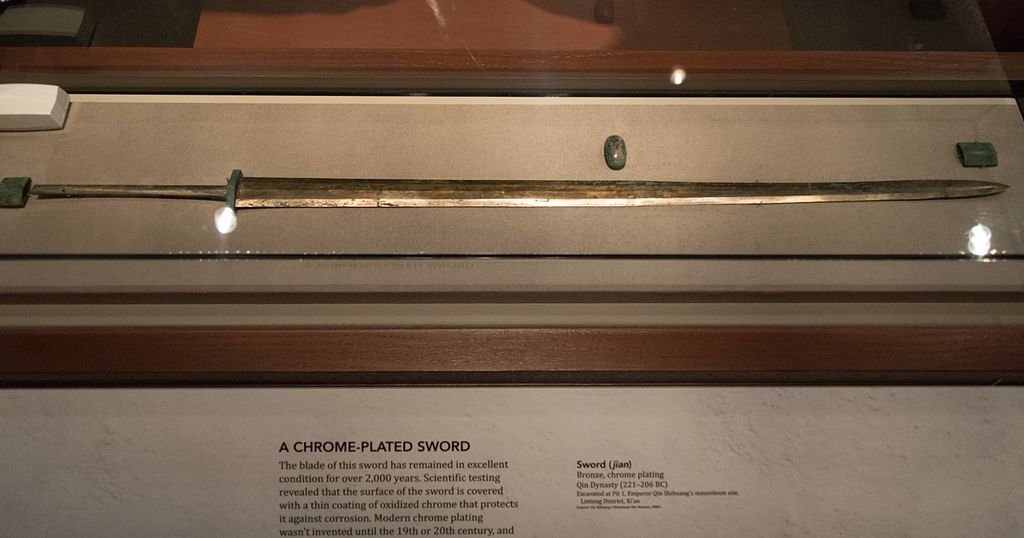
However, over 40,000 bronze items of weaponry have been recovered, including swords, daggers, spears, lances, battle-axes, scimitars, shields, crossbow triggers and crossbows.
Most of the items recovered are arrowheads, which are found in bundles of 100 units. But the real question remains, how did the weapon stay intact for so long?
The swords contain an alloy of copper, tin, and other elements including nickel, magnesium, and cobalt. The slightly alkaline pH and small particle size of the burial soil most likely preserved the weapons.
Different Type of Warrior Figures
The life-sized terracotta figures vary in height, uniform, and hairstyle in accordance with rank. Every rank has a different height and a different uniform.

The figures are of these general types:
- Armored infantry
- Unarmored infantry
- Spear-carrying Charioteer
- Kneeling Crossbowmen
- Archers who are armored
- Generals
- Other ranking officers.
There were many variations of the uniforms depending on the ranks, for example, some may wear sin pads while some might not. Some with short trousers, some of which are padded, short or long trousers.
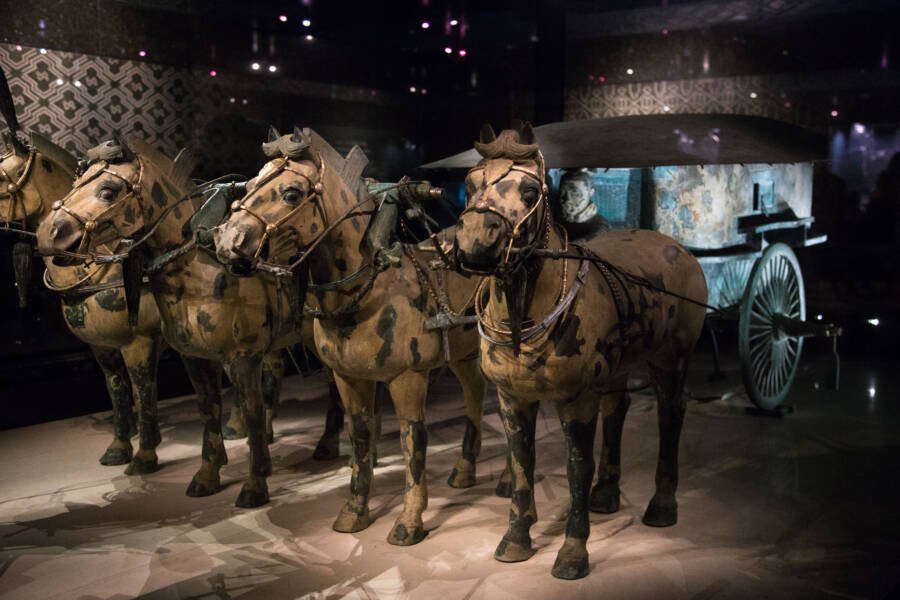
Their body armors vary depending on rank, function and position information. Along with the warrior figures, there are also terracotta horses place with the army.
The Terracotta Army figures were originally painted with ground precious stones, intensely fired bones(white), pigments of iron oxide(dark red), cinnabar(red), malachite(green), azurite(blue), charcoal(black). Other colors including pink, lilac, and one unknown color.
The individual facial features and colored lacquer finish would have given the figures a realistic feel, with eyebrows and facial hair in black and the faces done in pink.
Terracotta Warriors Exhibition
The first exhibition of the figures outside of China was held at the National Gallery of Victoria (NGV) in Melbourne in 1982.
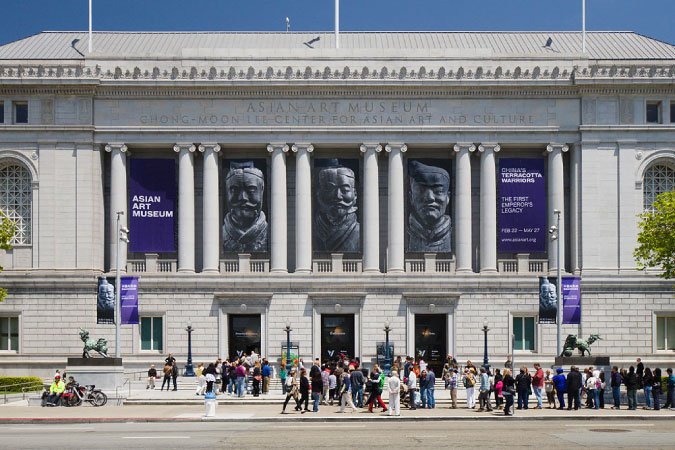
A collection of 120 objects from the mausoleum and 12 terracotta warriors were displayed at the British Museum in London as its special exhibition “The First Emperor: China’s Terracotta Army” from 13 September 2007 to April 2008. This exhibition made 2008 the British Museum’s most successful year and made the British Museum the United Kingdom’s top cultural attraction between 2007 and 2008.
The exhibition brought the most visitors to the museum since the King Tutankhamun exhibition in 1972. It was reported that the 400,000 advance tickets sold out so fast that the museum extended its opening hours until midnight. According to The Times, many people had to be turned away, despite the extended hours. During the day of events to mark the Chinese New Year, the crush was so intense that the gates to the museum had to be shut. The Terracotta Army has been described as the only other set of historic artifacts (along with the remnants of wreck of the RMS Titanic) that can draw a crowd by the name alone.
Now that you’ve read about the Terracotta Army, you might also like reading about the Inhumane experiments conducted inside Japan’s UNIT 731 and then read about you might like reading about the Fort where entry is prohibited before and after the sunset by the government, making it the Most Haunted Place in India.




